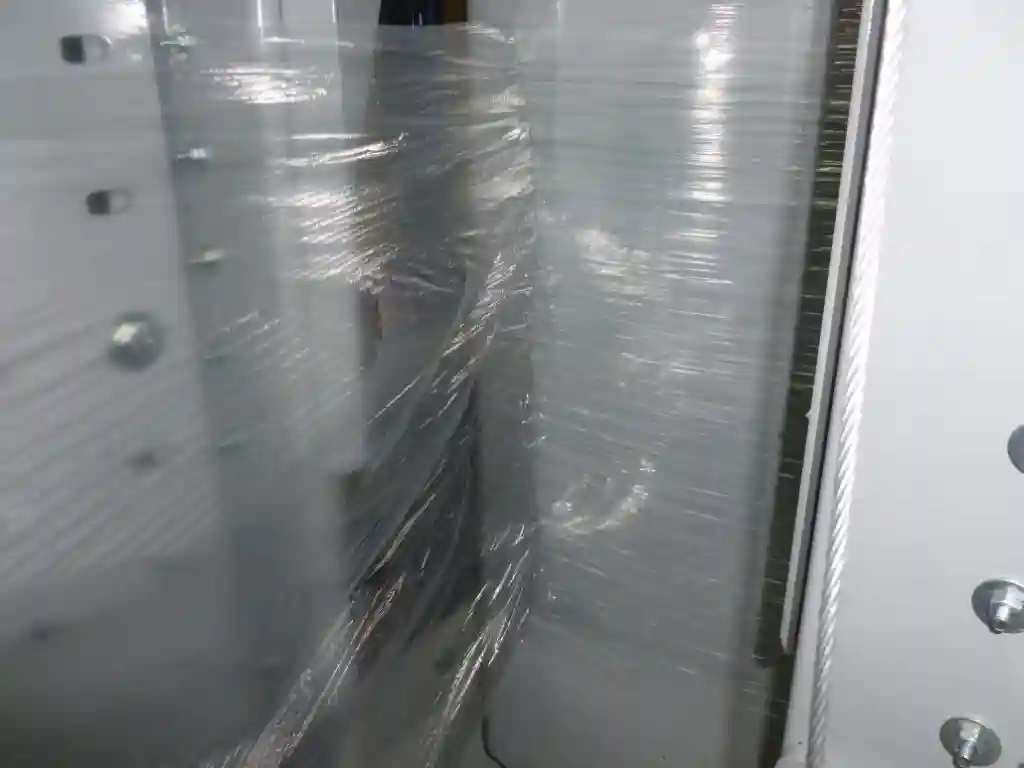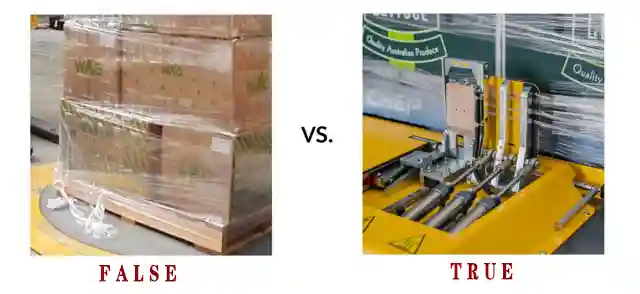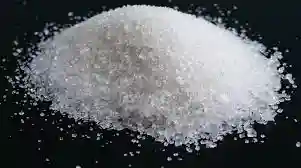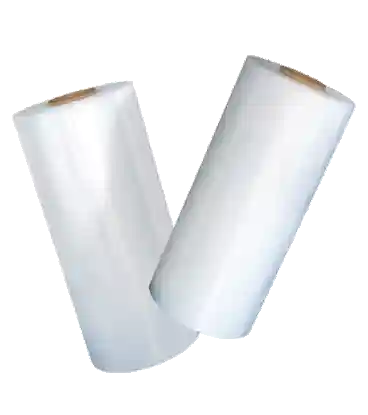What is Cling property or Self-Adhesiveness?
Stretch wrap film by nature, is a kind of film designed for stretched to wrap the loads to keep stability. The cling property, or self-adhesiveness, of the stretch film refers to the film’s ability to adhere to itself without the use of adhesives or other external substances.

Why cling property is significant for pallet wrapping?
Load Stability
Cling ensures that the layers of stretch film adhere tightly to each other and the load. This adhesion prevents shifting, tipping, or damage during transit, maintaining the integrity of the pallet and protecting the products from harm.
Consistency
High-quality cling properties provide consistent wrapping performance. This means that each pallet wrapped will have the same level of security and protection, ensuring uniformity in load handling and transport processes.

Common cling properties issues for stretch film
Lower cling or no cling stretch film
In the manufacturing process, sometimes, the finished film is lower cling or no cling which might result in film tail issues when film is applied to the wrapping machines. Film tails refer to loose ends of stretch film hanging from wrapped pallets usually resulting from low cling or excessive dust on the film. Tails can also occur when film is cut under tension.
Higher cling
This is a saying that, higher cling stretch film will be helpful to improve the performance of puncture to some extent, However, highly cling films can also increase the risk of film breakage, especially in high-speed wrapping machines.

The detailed manufacturing process for cling process
Polyethylene does not inherently provide sufficient surface stickiness. It is necessary to impart the required adhesiveness to polyethylene stretch wrap film.
Polyisobutylene (PIB)
This is the most commonly used tackifier due to its wide range of adhesive strength, ease of adjustment, and cost-effectiveness.
Very Low-Density Polyethylene (VLDPE)
Known for its excellent flexibility, high cling, and strong puncture resistance, VLDPE is less frequently used due to its lower cost-effectiveness.
Ethylene-Vinyl Acetate (EVA)
EVA has fallen out of favor due to its pungent odor during processing, higher cost, and lower cost-effectiveness.

What affects the adhesiveness of the stretch film?
Raw Materials
The choice of raw materials significantly impacts the film’s adhesiveness. The prevalent materials like C4-LLDPE, C6, and C8 are preferred for their ease of processing.
Environmental and Temperature Conditions
Storage conditions, humidity, and temperature variations affect the film’s stickiness. Temperatures above 30℃ increase adhesiveness, while temperatures below 15℃ decrease it, so it is recommended that the finished film should be stored in an environment of 15℃~25℃. (59°F to 77°F).
Composition
The proportion of adhesive-layer polyethylene in the film can affect the film’ cling. Due to the narrow molecular weight distribution and processing range of stretch wrap film, adding approximately 5% polyethylene can reduce cling, enhancing the film’s smoothness.
Conclusion
As a stretch wrap film manufacturer, Yuandian is able to provide the superior adhesiveness of film to our customers. Our stretch film stands out in the packaging industry due to its excellent performance and great value. Contact us for more information and let us simplify your packaging needs.
